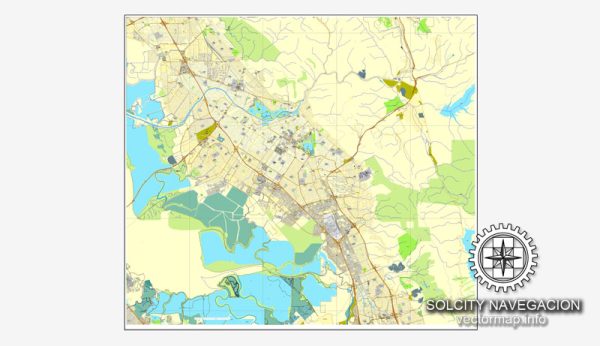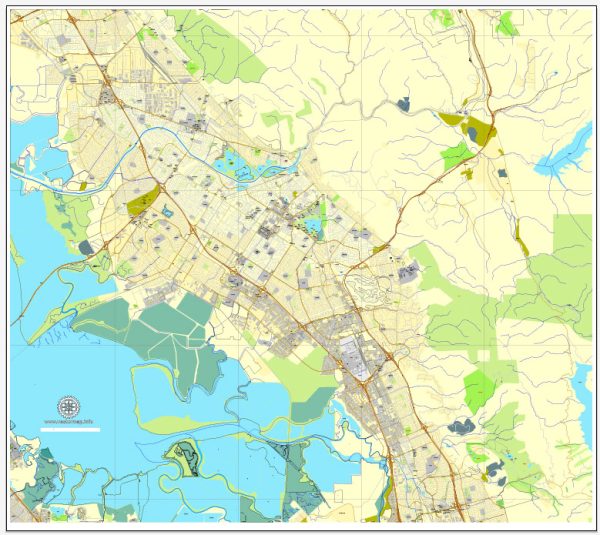Fremont, California, has a rich history of urban development that reflects the broader trends of the region and the state. Here is an overview of the key stages in Fremont’s urban development:
- Indigenous Peoples: Before European settlement, the area that is now Fremont was inhabited by several Native American tribes, including the Ohlone people. They lived in the region for thousands of years, relying on the abundant natural resources for sustenance.
- Spanish Mission Era: With the arrival of Spanish explorers in the late 18th century, California came under Spanish control. The establishment of missions played a significant role in shaping the landscape and culture of the region. Fremont was part of the vast Rancho Los Tularcitos land grant given to Jose de Jesus Vallejo.
- Mexican and American Land Grants: Following Mexican independence from Spain in 1821, the Mexican government continued the mission system and granted large tracts of land to private individuals. The area that is now Fremont changed hands multiple times through various land grants.
- Gold Rush and Agriculture: The Gold Rush of 1848-1855 brought a wave of settlers to California, and the East Bay area experienced increased development. Agriculture, including ranching and farming, became essential to the local economy. The expansion of the railroads in the late 19th century facilitated the transportation of goods and people.
- Incorporation of Washington Township: In 1956, five local communities (Centerville, Niles, Irvington, Mission San Jose, and Warm Springs) merged to form the city of Fremont. This consolidation allowed for better coordination of services and planning for the growing population.
- Post-WWII Growth: After World War II, Fremont, like many other parts of California, experienced significant population growth. The development of suburban housing tracts became a defining characteristic of the landscape, driven by an influx of people attracted to the area for employment opportunities and a desirable suburban lifestyle.
- Silicon Valley Influence: In the latter half of the 20th century, Fremont became part of the Silicon Valley tech hub. The city attracted numerous technology and manufacturing companies, contributing to its economic growth and diversification.
- Modern Development and Diversity: Fremont has continued to evolve in the 21st century, embracing its cultural diversity and maintaining a balance between residential, commercial, and industrial development. The city has also focused on preserving open spaces and parks while promoting sustainable urban planning.
Overall, Fremont’s history of urban development reflects its transformation from a predominantly agricultural region to a dynamic, diverse city that plays a role in the economic and technological landscape of the Bay Area.



 Author: Kirill Shrayber, Ph.D.
Author: Kirill Shrayber, Ph.D.